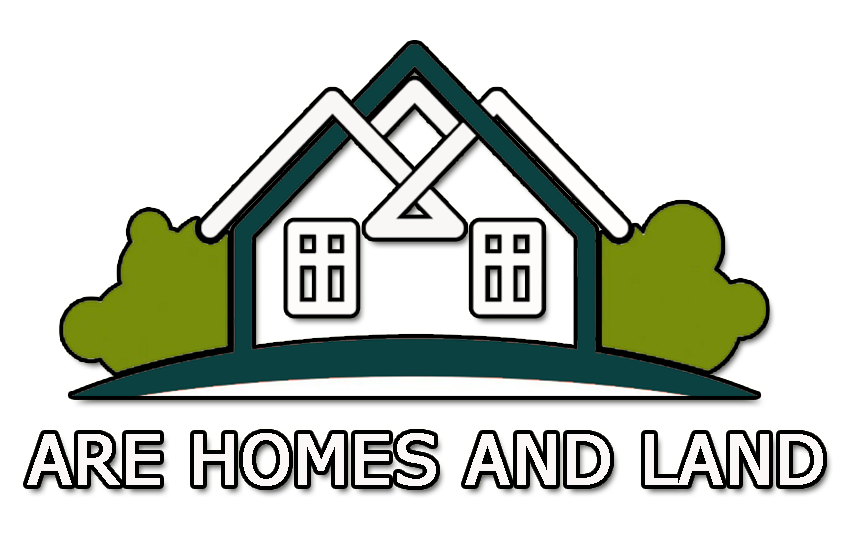The benefits of living in an apartment complex are many. However, accidents are more likely to occur due to the high population density, which might lead to mold growth. A rooftop pool, for instance, may slowly spring a leak, causing water to seep down several floors and eventually cause a serious mold problem within the structure. Or, if a sink or toilet in one unit overflows, the units below it might be harmed if the situation isn’t handled quickly. So are landlords responsible for black mold? If they neglect these in the apartment, then, yes. Wet walls, ceilings, and floors provide ideal conditions for the growth of mold. In addition to causing severe structural damage, mold may also cause health issues and allergic responses in those who come into contact with it.
Malfunctioning cooking appliances
Inadequate kitchen appliances are a common contributor to mold growth in multi-family dwellings. The water supply pipes for ice makers, refrigerators, and dishwashers are often hidden, making it difficult to detect even gradual leaks. When you notice a problem, which is usually signalling by a scent or a stain, it’s probably already a big issue.
Plumbing problems and leaking pipes
A busted pipe is every apartment complex manager’s greatest nightmare. If the roof were to fall, hundreds or perhaps thousands of litres of water may flood the inside, damaging the walls, floors, and ceilings. A plumbing leak or damaged pipe may quickly spread across an entire building, affecting dozens of apartments or common areas. The drywall must be removed without delay, and the building and any remaining flooring must be dried out as soon as possible. A quick reaction is recommended while dealing with water, just as it is recommended when dealing with a fire.
Downstairs Washer and Dryers
Many apartment complexes include a shared laundry room in the basement, which is a much-appreciated convenience. But what’s also common are basement storage rooms full of boxes and other cellulose-based things that mold loves to use as a food source to grow. Because of the high humidity levels created by washing laundry, mold may quickly spread through any basement. You can find Mold under carpet that is not cleaned for a long time as well.
Comfort Controls
The HVAC system is often the source of mold growth in a building. During the warmer months, when air conditioning systems create moisture, this is especially true. Any place with enough humidity will support mold growth. It is also likely that mold colonies may emerge since the HVAC system will allow mold spores to disperse freely throughout the building.
Steam Pipes
Steam lines and ancient radiators are notorious for springing leaks in the walls and ceilings of older buildings, sometimes going undetected. The water damage from these cracks might be substantial. The damage and mold growth caused by steam leaks may go undetected for weeks or months because of how easily they may be hidden. However, the presence of a musty smell is a sure sign that mold is growing there.
Conclusion
Leaves are only one of many potential materials that might clog drains. When this happens, the water has nowhere to go but a nearby residence. Water will enter at the weakest point, which might be practically anywhere. Without doing the right tests, it’s tough to tell. Maintaining clean drains is essential if you own a terrace. This is what our message was in this Toxic mold blog.


